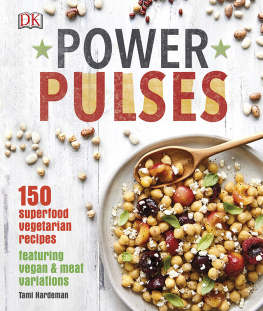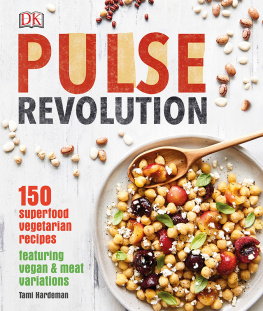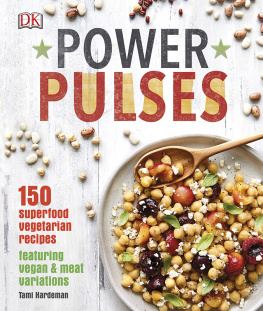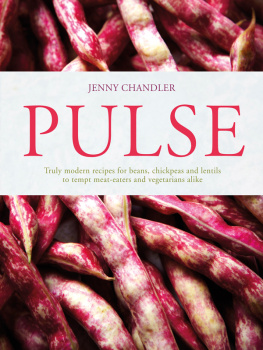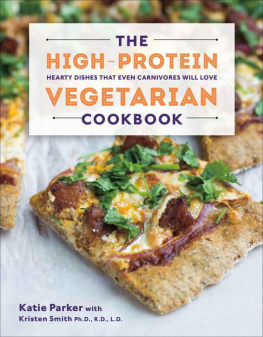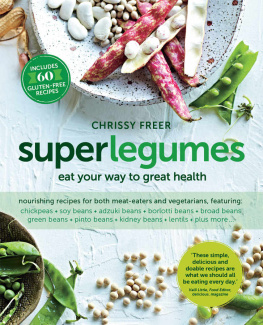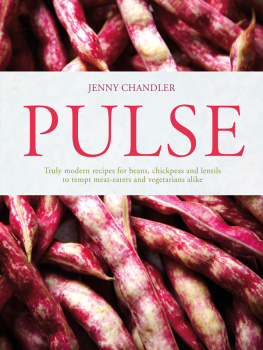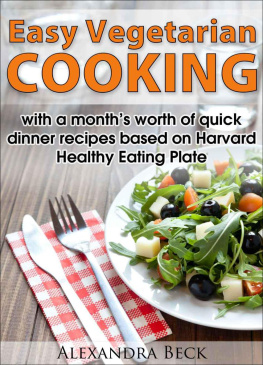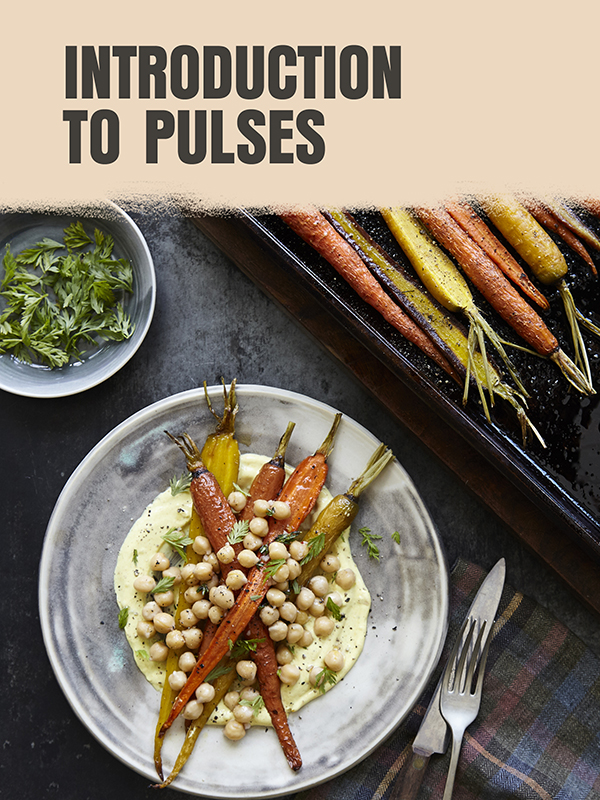Contents
Guide
What are pulses?
From the Latin word puls, meaning porridge or thick soup, pulses are the dried, edible seeds of a legume plant. Nutritious and sustainable, they are an integral part of many cuisines and an easy way to put protein on your plate.
A kitchen staple
Tasty and versatile, pulses are a class of legume. Unlike other legume pods that are fresh-harvested or fatty (such as fresh beans, fresh peas, peanuts, and soya beans), pulses are harvested after theyve dried within the pod. The dehydrated seeds are an inexpensive protein source that you can store for years, making them a store cupboard staple. Once cooked, pulses can be enjoyed in a host of applications, from sweet to savoury. Whether they are braised, roasted, sprouted, or pured, pulses are embraced by vegetarians, vegans, and omnivores alike for their nutrition, convenience, and flavour.
How theyre grown and harvested
Unlike many legumes, pulses are dry-harvested once fully mature. Home cooks then rehydrate the seeds by soaking them in liquid so theyre suitable for cooking.
1 Farmers choose and plant their seeds in spring in the northern hemisphere and late autumn in the southern hemisphere. Wet weather is best for planting.
2 Farmers may roll crop beds flat after planting to improve harvest rates. Low-hanging pods are less likely to break when theyre cleanly separated from the soil.
3 The pods mature through the next season. Dry weather is ideal for harvesting, so some farmers apply chemicals to aid drying, especially during cold, wet seasons.
4 Once the pods and seeds have dried, pulses are ready to harvest. If they are harvested too early, then the seeds are too moist for storage.
5 At harvest time, the pods are plucked from the plants. The dry seeds are separated from the pods, and the pods are discarded.
6 The seeds are processed to ensure quality. Your pulses are cleaned, sorted, split, and milled before finding their way to shop shelves and your table.
All shapes & sizes
From tiny beluga lentils to giant broad beans, pulses come in a vast array of sizes, colours, and textures. They are often grouped into four categories dry beans, dry peas, lentils, and chickpeas all of which are easy to prepare and packed with fibre and protein.
dry Beans
The varieties of dry beans are virtually boundless, but each type is nutritionally dense and deliciously versatile. Cook your beans in batches, then experiment with their unique flavours and textures by incorporating them into a variety of different dishes.
Dry Peas
Unlike fresh peas, which are often eaten directly from the pod, dry peas are harvested and shelled once fully mature. Available both split and whole, these pulses have a slightly sweet, earthy flavour and a thick, creamy texture that makes them ideal for soups.
Lentils
Available in a range of colours and sizes, these tiny lens-shaped seeds are sold both split and whole. They dont require soaking, so theyre quick to cook and hold their shape well. The flavour and texture of lentils are especially suited to soups, salads, and braised dishes.
Chickpeas
This pulse variety has a distinct hazelnut-like shape. Often found in Indian and Mediterranean cuisines, these plump, firm seeds have a nutty flavour and starchy, creamy texture that is perfect for roasting or blending into dips.
Why eat pulses?
Pulses not only taste delicious, theyre also a great choice for both your body and the environment. These humble seeds boast substantial health benefits, and they are one of the most economical and sustainable sources of food.
Theyre good for you
High in essential vitamins and minerals but low in fat, pulses are widely considered to be a superfood that can fight disease and contribute to a long, healthy life. Pulses are particularly good sources of fibre and protein, a pairing that provides sustained energy but keeps cholesterol levels low.
Beans, chickpeas, peas, and lentils contain between 20 and 25 per cent protein by weight, much more than many other plant-based protein sources, such as spinach and quinoa.

